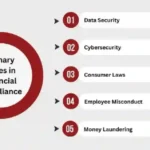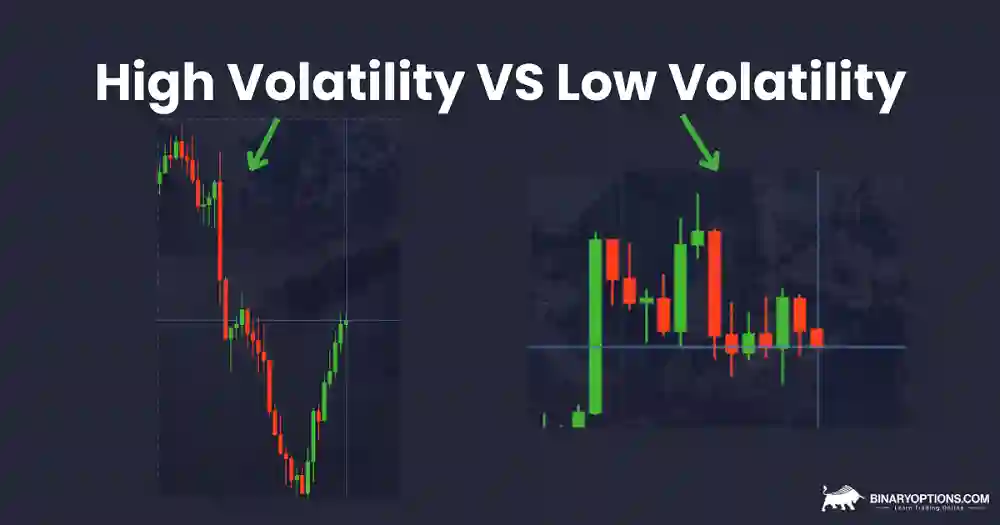So, you’re thinking of diving into forex trading, huh? Well, buckle up, ‘cause this roller coaster doesn’t stop at the gift shop. Forex trading volatility is like that unpredictable cousin who shows up at family gatherings with a new “business idea”—exciting but full of potential chaos. But here’s the thing: if you play it right, it can be really rewarding. I learned that the hard way (after a few too many reckless trades). Let’s break down how to actually make the most of the ups and downs in this market.
So, What’s This Volatility Stuff All About?
Alright, let’s start with the basics. Forex trading volatility is basically the wild ride of price changes in the forex market. Currencies go up and down like a carnival ride, and yeah, it’s stressful, but also kinda thrilling if you’re into that sort of thing. Volatility means that there’s a lot of movement in the market, and where there’s movement, there’s potential profit. But also, potential loss—’cause the market can turn on you faster than you can say “stop-loss order.”
When volatility is high, it can feel like you’re riding a bike downhill with no brakes. Hold on tight, right?
Why Does Volatility Happen?
A lot of things can cause these rollercoaster price swings. Some of it’s news-related (think: government reports, interest rates, political shenanigans). Others come from natural events or market psychology. As soon as some piece of information hits the market, all bets are off. Remember when the whole Brexit vote shook up the British Pound? Yeah, the market moved fast that day.
I’ll be honest—I lost a good chunk of change trying to catch a falling knife after the vote. I’d say I was too greedy, but my real mistake? Trying to predict what the market would do next. Spoiler: the market doesn’t care about your predictions.
Volatility: Opportunity or Headache?
Here’s the kicker: volatility is both an opportunity and a headache. You get big price swings that could lead to big profits (hello, potential wealth). But it’s also risky—because those price swings can go in the opposite direction too. Sometimes, when you think you’ve got a perfect setup, the market will laugh in your face and take your money.
Now, I’m not saying you should run for the hills and never trade again. Nope. The trick is knowing how to manage this chaos. You want to maximize the upside, while making sure you don’t get swept up in the downside.
Key Tips for Trading in Volatile Markets
1. Learn the Art of Risk Management
Listen, if you’re not managing your risk, then what are you doing here? Volatility in forex trading can be a profit machine, but it can also crush you if you’re not careful. Risk management isn’t just a nice-to-have. It’s your safety net. Here’s how I handle it:
- Stop-Loss Orders: This is your “please don’t hurt me” button. When the market starts heading in the wrong direction, a stop-loss order automatically closes your trade at a price you set. When I first started, I didn’t even know how to set one up (rookie mistake, I know). After losing my first trade, I made it my mission to never trade without one.
- Position Sizing: You can’t bet the farm on every trade. Yeah, I tried that too. Turns out, risking 100% of your account on one trade isn’t a “bold strategy”—it’s just reckless. Stick to a position size that keeps you from going broke on a bad trade.
- Leverage: Oh, leverage. It’s that devil on your shoulder whispering, “Go big or go home.” But trust me, sometimes it’s better to stay home. Use leverage sparingly and make sure you’re not trying to trade beyond your means.
The key here is making sure that no matter how volatile the market gets, you aren’t one trade away from blowing your account.
2. Target High-Volatility Pairs
Okay, so there’s volatility everywhere, but some currency pairs are like the rockstars of volatility. If you’re feeling adventurous (and your risk management plan is solid), you’ll want to focus on these pairs. My go-to’s?
- GBP/JPY: It’s wild. Like, the kind of wild where you’d need a seatbelt. The British Pound and Japanese Yen are known for their dramatic price swings. A dream for day traders. I once caught a 100-pip move on this pair—lucky as heck, but it paid off.
- EUR/USD: Everyone’s favorite—because it’s super liquid. But don’t let that fool you. It can still be volatile, especially after major news events. I’ve had my share of surprise moves after US economic reports—ugh, let’s not even talk about that one time I got caught off-guard during a Fed meeting.
- AUD/USD: This one’s a bit of a sneaky beast. It’s sensitive to commodities, so when oil prices shift, expect some fun times.
Picking the right pair can make or break your experience with forex trading volatility.
3. Keep Your Finger on the News
If you’re trading without knowing what’s going on in the world, you’re basically trading with one hand tied behind your back. Major news events, economic releases, and geopolitical stuff (like elections or trade wars) can send the market into a tailspin. Just ask my buddy Dave, who tried to trade through an election night—his balance didn’t survive the chaos.
Stay informed. Here’s what you should focus on:
- Economic Indicators: Reports like GDP, inflation rates, and unemployment data move markets. My neighbor Tina swears her kale patch cured her Zoom fatigue—and she’s not wrong. Economic data has that same sort of healing power.
- Central Bank Announcements: Trust me, if the Fed or ECB makes an announcement, you want to be paying attention. Last time I wasn’t? Let’s just say my account got a little lighter.
- Geopolitical Events: You can’t predict them, but you can stay prepared. The next time some international drama unfolds, make sure you know how it could affect the currencies you’re trading.
Strategies to Capitalize on Volatility
Okay, so you’re ready to get in the game, right? Here are a few strategies that I’ve picked up over the years that actually work in volatile markets.
1. Scalping
Scalping is the wild child of trading. It’s all about taking tiny profits on short-term trades, often only holding positions for a few minutes. Sure, it sounds easy, but I’ll be real—this strategy isn’t for the faint of heart. I tried it once and ended up closing 20 trades in a single day. Some were winners, some were losers… but by the end of the day, I was so exhausted that I almost forgot where I put my coffee. That being said, if you’ve got the speed, scalping can be profitable.
- Advantages: Quick profits, no long-term exposure.
- Challenges: It’s fast. It’s stressful. It’s not for everyone.
2. Swing Trading
Now, swing trading is more my style. It’s the middle ground between scalping and holding for long-term trends. You’re looking to catch price swings over a few days or weeks. It’s less frantic, but still takes some serious attention. I’ll never forget the time I caught a nice move in the EUR/USD pair—it felt like winning the lottery, but without the fancy check or champagne.
- Advantages: More time to react, fewer trades, and less screen time.
- Challenges: You still have to ride through some choppy price moves, and that’s no fun if you’re not prepared.
3. Trend Following
Here’s the trick: in volatile markets, the trend can be your best friend. If you can spot a trend, ride it until it bucks you off. I’m talking about using technical tools like moving averages or trendlines to find the flow of the market and then jumping in. Sometimes, I’ll set my position and let the trend do the heavy lifting while I take a breather.
Just remember: trends end, eventually.
Final Thoughts
Fast forward past three failed attempts… here’s what I’ve learned about forex trading volatility: it’s not about avoiding it. It’s about using it to your advantage. If you manage risk, stay informed, and use the right strategies, volatility doesn’t have to be your enemy. It can be a profit machine if you’ve got the guts to ride the waves.
And remember, y’all: there’s always another trade. Even after you lose a few. It’s not about being perfect. It’s about surviving long enough to find your groove.










Important Posts
The Importance of Risk Management in Forex Trading
Cryptocurrency & Forex Essentials: A Beginner’s Guide
Forex & Crypto News: Market Trends & Investment Tips